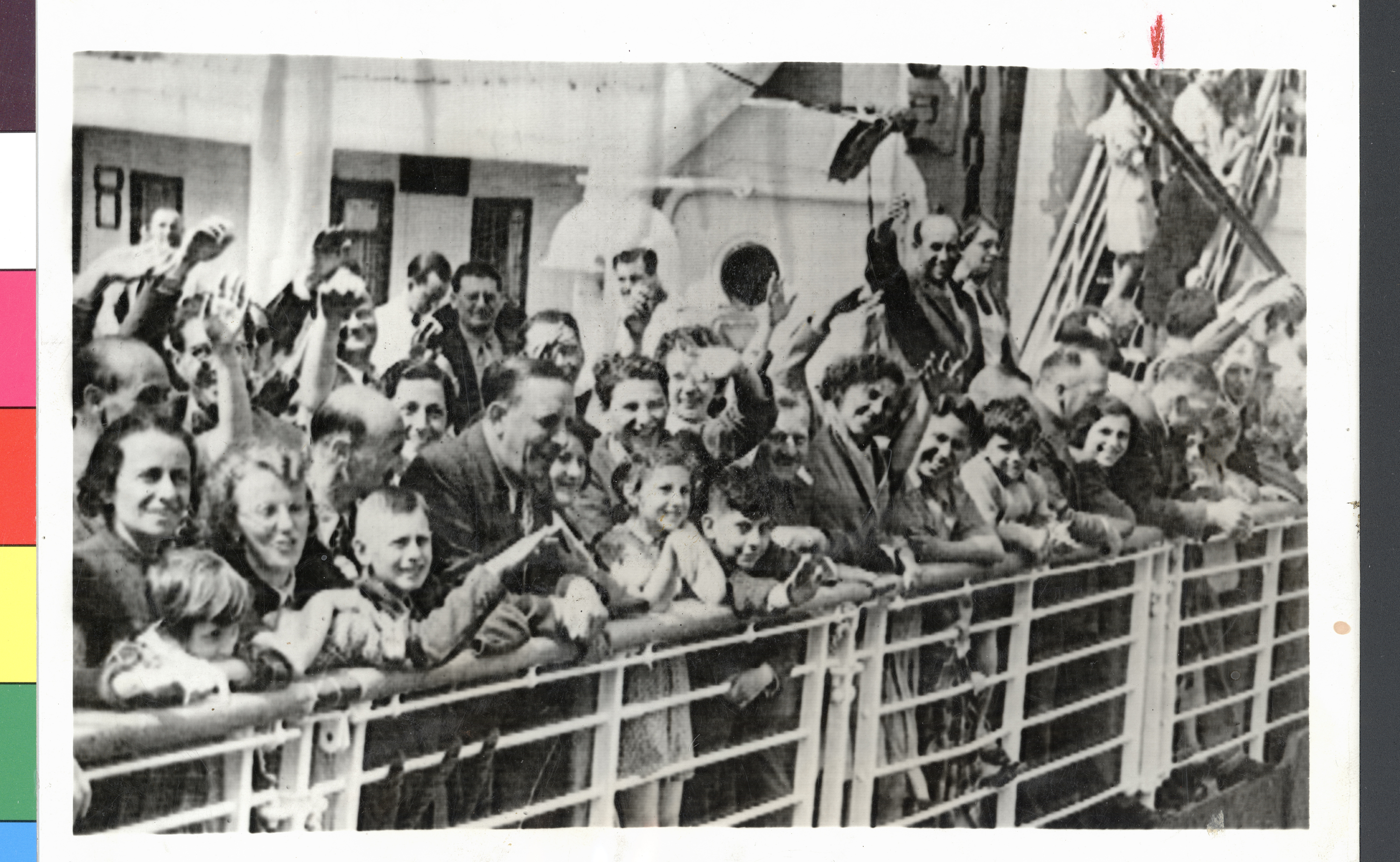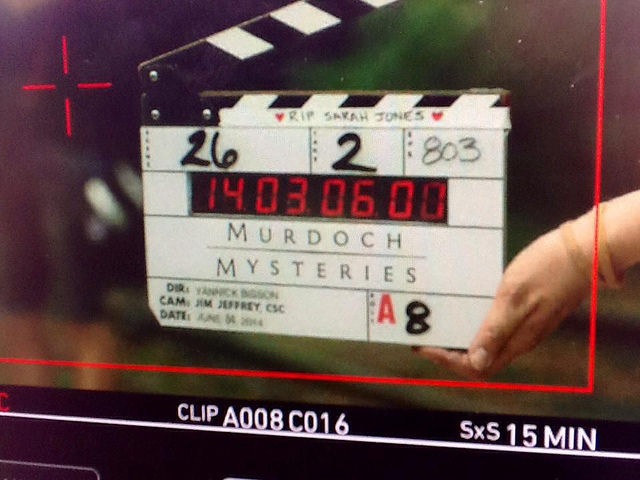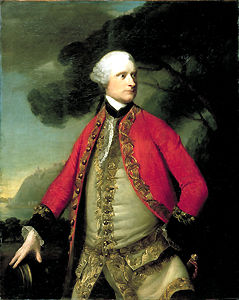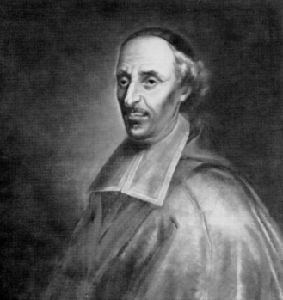Article
Montreal Consort of Ancient Instruments
Montreal Consort of Ancient Instruments. Early-music ensemble, founded by Otto Joachim in 1958, which specialized in the performance of medieval, renaissance, and baroque repertoire.

Enter your search term
Signing up enhances your TCE experience with the ability to save items to your personal reading list, and access the interactive map.
Create AccountArticle
Montreal Consort of Ancient Instruments. Early-music ensemble, founded by Otto Joachim in 1958, which specialized in the performance of medieval, renaissance, and baroque repertoire.
"https://www.thecanadianencyclopedia.ca/images/tce_placeholder.jpg?v=e9dca980c9bdb3aa11e832e7ea94f5d9" // resources/views/front/categories/view.blade.phphttps://www.thecanadianencyclopedia.ca/images/tce_placeholder.jpg?v=e9dca980c9bdb3aa11e832e7ea94f5d9

Article
Moosehead Breweries Limited, the maker of Moosehead Canadian Lager, is the oldest family-owned brewing company in Canada. Located in Saint John, New Brunswick, the company has been family owned and controlled for six generations and is currently led by founders Susannah and John Oland’s great-great-great grandson, Andrew Oland. Moosehead is the fourth-largest brewing company in Canada — after Molson, Labatt and Sleeman — and the last major brewery to be owned by Canadians. Moosehead beer is sold throughout Canada, in many locations in the United States, and in 15 countries around the world. The company brews 19 beers under 10 brands, including its mainstay Moosehead Canadian Lager, as well as James Ready, Alpine and Hop City. It also contract brews for six companies, including Samuel Adams, from the United States, and Estrella Damm, from Spain. Moosehead is a privately owned company and does not disclose its financial information; however, in 2018, market researchers estimated the company held as high as 3.8 per cent of the Canadian beer market and would generate $247.1 million in revenue.
"https://d3d0lqu00lnqvz.cloudfront.net/media/media/9b66796e-6ca3-4392-b14a-22fc2ff372bb.jpg" // resources/views/front/categories/view.blade.phphttps://d3d0lqu00lnqvz.cloudfront.net/media/media/9b66796e-6ca3-4392-b14a-22fc2ff372bb.jpg

Memory Project Archive
John Doyle served in the Royal Canadian Navy during the Second World War.Please be advised that Memory Project primary sources may deal with personal testimony that reflect the speaker’s recollections and interpretations of events. Individual testimony does not necessarily reflect the views of the Memory Project and Historica Canada.
"https://d3d0lqu00lnqvz.cloudfront.net/The-Memory-Project/image/5743_600.jpg" // resources/views/front/categories/view.blade.phphttps://d3d0lqu00lnqvz.cloudfront.net/The-Memory-Project/image/5743_600.jpg

Memory Project Archive
"I thought we were really done for but I was able to get back up into the clouds and I abandoned my attack. But that was a very very close one." See below for Mr. MacConnell's entire testimony. Please be advised that Memory Project primary sources may deal with personal testimony that reflect the speaker’s recollections and interpretations of events. Individual testimony does not necessarily reflect the views of the Memory Project and Historica Canada.
"https://d3d0lqu00lnqvz.cloudfront.net/mpsb/vimy/MalcolmMacConnell/893_resize.jpg" // resources/views/front/categories/view.blade.phphttps://d3d0lqu00lnqvz.cloudfront.net/mpsb/vimy/MalcolmMacConnell/893_resize.jpg

Memory Project Archive
"And I remember turning to the chap next to me, saying, you know, a fellow could get killed around here. There has to be a lighter side." See below for Mr. Stuart's entire testimony. Please be advised that Memory Project primary sources may deal with personal testimony that reflect the speaker’s recollections and interpretations of events. Individual testimony does not necessarily reflect the views of the Memory Project and Historica Canada.
"https://d3d0lqu00lnqvz.cloudfront.net/MemoryProject/OkillStuart/860_original.jpg" // resources/views/front/categories/view.blade.phphttps://d3d0lqu00lnqvz.cloudfront.net/MemoryProject/OkillStuart/860_original.jpg

Article
On 7 June 1939, 907 Jewish refugees aboard the MS St. Louis were denied entry to Canada. The ship returned its passengers to safe harbour in four European countries. Sadly, 254 of its passengers later perished in the Holocaust.
"https://d3d0lqu00lnqvz.cloudfront.net/media/media/6d356bb1-8262-40a1-a024-3e8d3226a9da.jpg" // resources/views/front/categories/view.blade.phphttps://d3d0lqu00lnqvz.cloudfront.net/media/media/6d356bb1-8262-40a1-a024-3e8d3226a9da.jpg

Macleans
On Nov. 14, Peter Munk left his presidential suite at the Jakarta Grand Hyatt and headed to the government offices of Ida Bagus Sudjana, Indonesia's minister of mines and energy.This article was originally published in Maclean's Magazine on December 9, 1996
"https://d3d0lqu00lnqvz.cloudfront.net/media/media/dcd04c48-984b-4d14-b4ee-a60f385de567.jpg" // resources/views/front/categories/view.blade.phphttps://d3d0lqu00lnqvz.cloudfront.net/media/media/dcd04c48-984b-4d14-b4ee-a60f385de567.jpg

Article
Murdoch Mysteries is a TV series about William Murdoch, a fictional Victorian-era detective who is ahead of his time and uses forensic science and technology to solve Toronto’s most complex crimes. Often referred to as a Victorian-era CSI, the long-running police procedural features a mix of humour, intrigue, science fiction, history and period production values. Based on Maureen Jennings’s successful series of mystery novels, the show attracted a cult following after premiering on City TV in 2008. It garnered a much larger audience after being picked up by the CBC in 2013. It was Canada’s highest-rated scripted television series in 2016, 2017 and 2018, and won the Golden Screen Award in 2017, 2018 and 2020. It is seen by millions of viewers in more than 100 countries.
"https://d3d0lqu00lnqvz.cloudfront.net/media/media/035ad198-2587-4ecb-8b95-c11db643d2c0.jpg" // resources/views/front/categories/view.blade.phphttps://d3d0lqu00lnqvz.cloudfront.net/media/media/035ad198-2587-4ecb-8b95-c11db643d2c0.jpg

Article
On 5 September 1760, three days before the Capitulation of Montreal, the chief of the Huron-Wendat of Lorette, who had accompanied the retreating French army from Quebec to the Montreal region, approached General James Murray at Longueuil. A treaty of peace — known as the Murray Treaty of Longueuil or simply, the Murray Treaty — was concluded whereby the Huron-Wendat came under British protection. (See also Treaties with Indigenous Peoples in Canada.)
"https://d3d0lqu00lnqvz.cloudfront.net/media/media/32a4e97d-85ed-4182-acd7-1f2fa6862fe7.jpg" // resources/views/front/categories/view.blade.phphttps://d3d0lqu00lnqvz.cloudfront.net/media/media/32a4e97d-85ed-4182-acd7-1f2fa6862fe7.jpg

Article
Established in 1806 by the Séminaire de Québec, the Musée de l'Amérique francophone is the oldest museum in Canada.
"https://d3d0lqu00lnqvz.cloudfront.net/media/media/8b6b148e-044b-4ca9-a70a-2080d5773590.jpg" // resources/views/front/categories/view.blade.phphttps://d3d0lqu00lnqvz.cloudfront.net/media/media/8b6b148e-044b-4ca9-a70a-2080d5773590.jpg

Article
Since colonization began in the 17th century, the mainstream of musical development has been little affected by native music. The original settlers transplanted their songs, dances and religious chants, and successive waves of immigrants reinforced old-world traditions.
"https://d3d0lqu00lnqvz.cloudfront.net/media/media/afb4a927-c46a-4986-9f7b-a9279183b7bf.jpg" // resources/views/front/categories/view.blade.phphttps://d3d0lqu00lnqvz.cloudfront.net/media/media/afb4a927-c46a-4986-9f7b-a9279183b7bf.jpg

List
Everyone loves a good mystery. Canadian history is rich with stories of great secrets, unsolved crimes, and events that defy explanation. Among them are the following five mysteries, each shrouded in puzzling circumstances and unresolved endings.
"https://d3d0lqu00lnqvz.cloudfront.net/media/media/b7193f90-fb43-47d3-bcdc-0aea0f099c68.jpg" // resources/views/front/categories/view.blade.phphttps://d3d0lqu00lnqvz.cloudfront.net/media/media/b7193f90-fb43-47d3-bcdc-0aea0f099c68.jpg

Article
The Napoleonic Wars (1799-1815) were a series of wars between France and shifting alliances between other European powers.
"https://d3d0lqu00lnqvz.cloudfront.net/media/media/f8065783-2aec-49ca-b51d-18eebc60fe9b.jpg" // resources/views/front/categories/view.blade.phphttps://d3d0lqu00lnqvz.cloudfront.net/media/media/f8065783-2aec-49ca-b51d-18eebc60fe9b.jpg

Article
The National Flag of Canada, also known as the Canadian Flag or the Maple Leaf Flag (l’Unifolié in French), consists of a red field with a white square at its centre in which sits a stylized, 11-pointed red maple leaf. A joint committee of the Senate and House of Commons voted for the present flag in 1964 against formidable odds. After months of debate, the final design, adopted by Parliament and approved by royal proclamation, became Canada’s official national flag on 15 February 1965.
"https://d3d0lqu00lnqvz.cloudfront.net/media/media/bba3ea66-c7be-4b5c-9acf-49088244e6fd.jpg" // resources/views/front/categories/view.blade.phphttps://d3d0lqu00lnqvz.cloudfront.net/media/media/bba3ea66-c7be-4b5c-9acf-49088244e6fd.jpg

Editorial
The following article is an editorial written by The Canadian Encyclopedia staff. Editorials are not usually updated. A national flag is a simple, effective way of identifying a country and expressing its collective will and sovereignty. Its symbolism should be expansive, representing perspectives from across the country. But it should also be singular, offering a picture of unity. For almost a century, Canada did not fly a flag of its own. There were instead the Union Jack and the Canadian Red Ensign. They took turns flying above Parliament. But neither was distinctly Canadian, nor permanent. The issue of a new flag was raised in Parliament in 1925 and again in 1945. It was dropped both times due to a lack of consent. Some clung to tradition, and none could agree on a unifying symbol. When Prime Minister Lester B. Pearson re-opened the debate in 1964, he offered Canadians the chance to “say proudly to the world and to the future: ‘I stand for Canada.’” A joint committee of the Senate and House of Commons was assembled to decide on a suitable design. After months of vigorous debate, the final design was unfurled at Parliament Hill on 15 February 1965. The design process was open to the public. Thousands of suggestions were submitted. This article looks at 12 of those designs. It includes explanations for the symbols found in each. The designs express a vision for Canada, still young and still finding its mode of self-expression.
"https://d3d0lqu00lnqvz.cloudfront.net/media/media/1a5937f7-ad68-4cb9-8abf-ab518775c641.jpg" // resources/views/front/categories/view.blade.phphttps://d3d0lqu00lnqvz.cloudfront.net/media/media/1a5937f7-ad68-4cb9-8abf-ab518775c641.jpg
